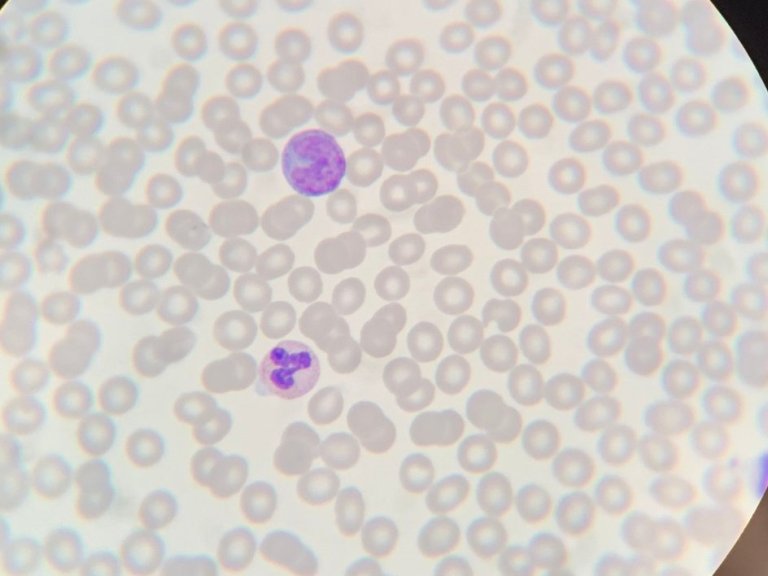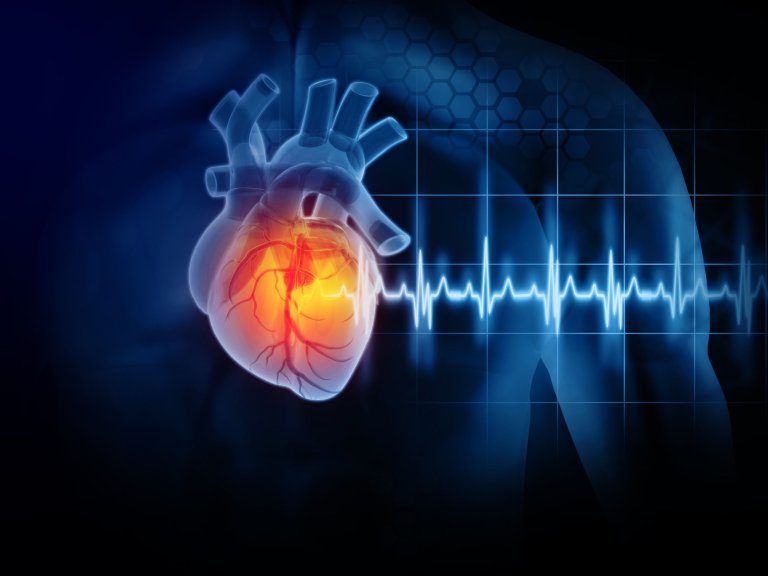Amsterdam UMC has a long history with the development of MRI-guided cardiac interventions, with numerous firsts and this is yet another an important milestone. "The patient is doing well; the procedure went according to plan and the arrhythmia has been eliminated. We are therefore extremely proud that with our years of preparation, we have now reached the point where we are the first in the world to be able to treat complex forms of cardiac arrhythmias in an MRI scanner," says Cor Allaart, Professor of Electrophysiology and cardiologist at Amsterdam UMC.
In ventricular arrhythmia, the ventricles of the heart beat too quickly and/or irregularly. This leads to many symptoms in patients. It is a potentially life-threatening disorder that can lead to ventricular fibrillation resulting in immediate cardiac arrest.
"During ablation, MRI-images provide a better view of the anatomy of the heart and the instruments used for treatment, but also of the changes made to the treated cardiac tissue. Unlike X-ray images, the entire area surrounding the heart can be seen, including the blood vessels and valves. And the MRI offers the opportunity during the procedure to visualize the effects of the treatment on the myocardial tissue," says Marco Götte, imaging cardiologist at Amsterdam UMC, initiator and project leader of the cardiac intervention MRI research program.
Teamwork
"In recent years, we have gradually connected the worlds of cardiac MRI and cardiac interventions. This requires technical innovations, a lot of training and adaptation of traditional procedures and working methods. As a final step before this procedure, we traveled to America together for a week to practice the procedures on pig hearts and thus prepare ourselves for this moment. The innovation is not only in the techniques used, but also in the working method and cooperation, both between the interventional cardiologist and imaging cardiologist, but also between the departments of Cardiology, Radiology & Nuclear Medicine, Anesthesiology and Medical Technology. Only through excellent multidisciplinary cooperation and excellent teamwork have we been able to achieve this result together," Götte explains.
The new Amsterdam UMC Heart Center, which is under construction, will also have a cardiac catheterisation room equipped with a new MRI scanner to further develop and refine this novel treatment option. "We believe that innovative use of MRI in cardiac interventions is really the future. Treating a patient with a complex cardiac arrhythmia has long been our goal, but we are already working towards a new milestone: MRI-guided biopsies," says Allaart.
Large magnet
The innovative use of MRI in cardiac interventions has long been a focus for Amsterdam UMC's Heart Center. A key challenge here is that much medical equipment normally used for interventions is not suitable for use in an MRI environment. To make these materials MRI-compatible, Amsterdam UMC has been working with industrial partners Siemens Healthineers, Imricor and MiRTLE Medical for some time. "Normally the equipment and material that we use for ablations is made of metal, but an MRI scanner is in fact a huge, very strong magnet. So, we had to reinvent everything, from the catheters used to monitors and communication systems, to an MRI-compatible 12-lead ECG system. With this step, we have firmly reaffirmed our role as a pioneer," says Götte.
Photo, from an earlier moment: Mark Horn
In the photo: Cor Allaart and Marco Götte.




